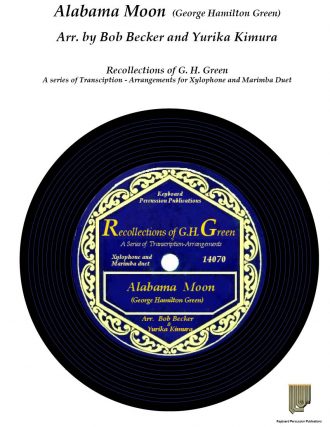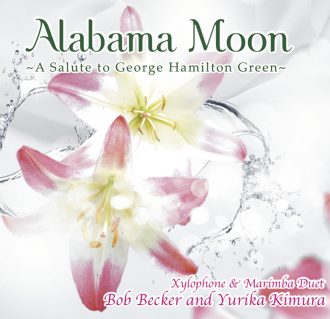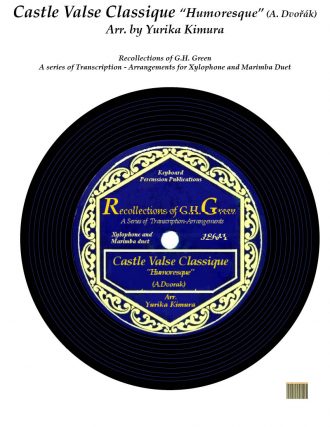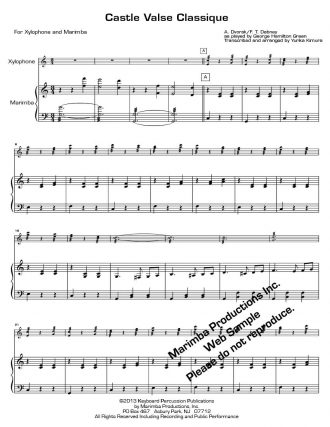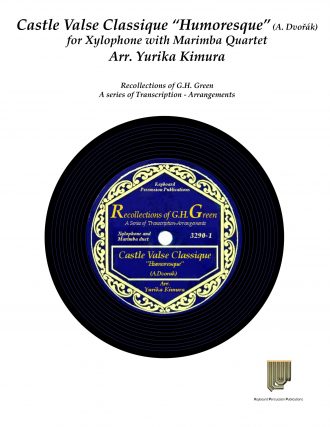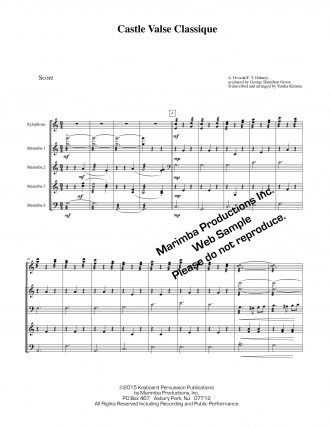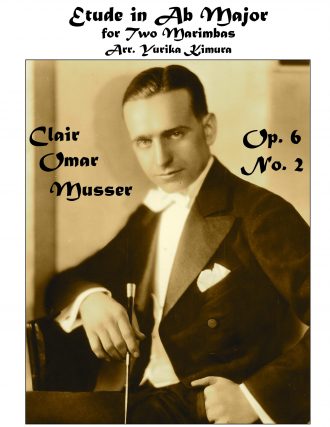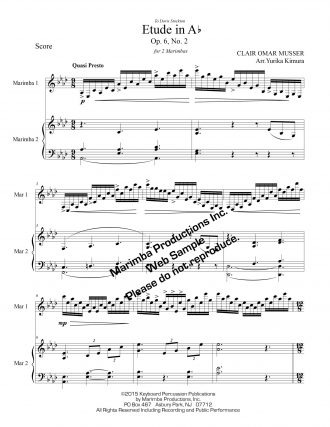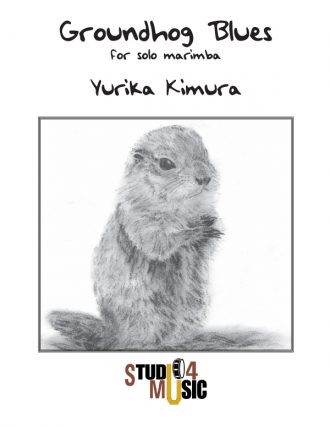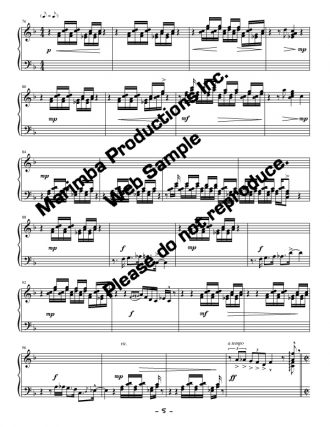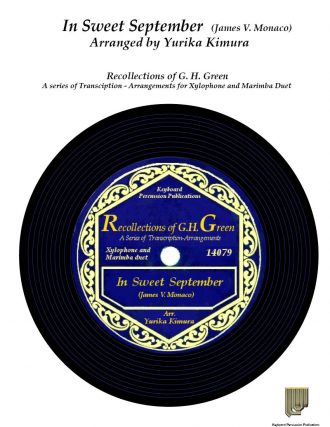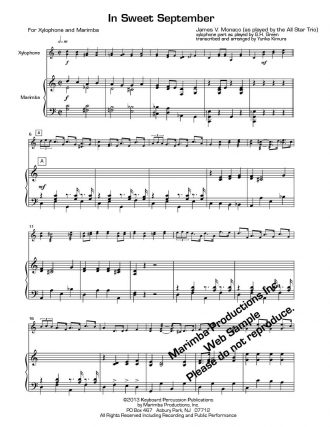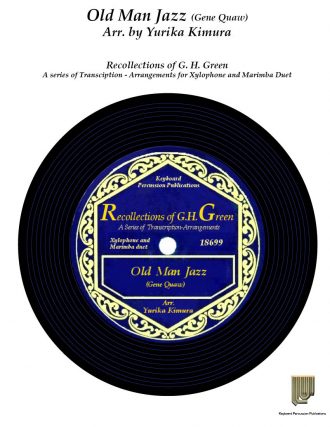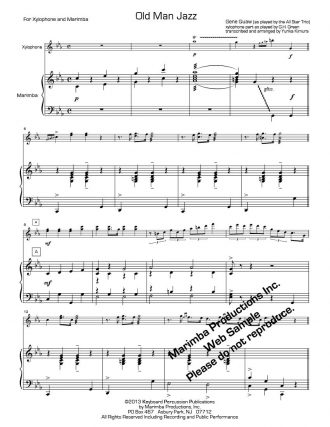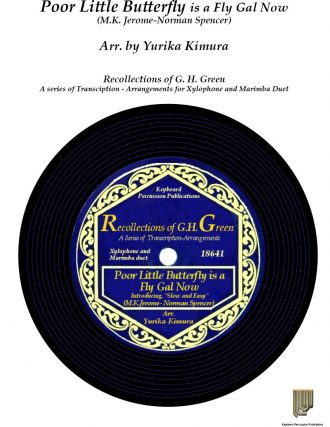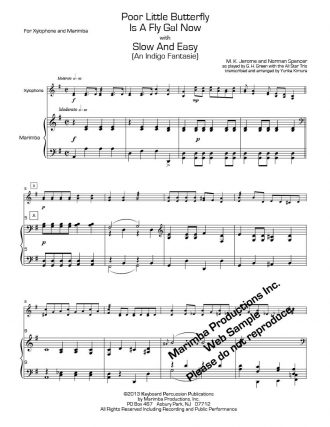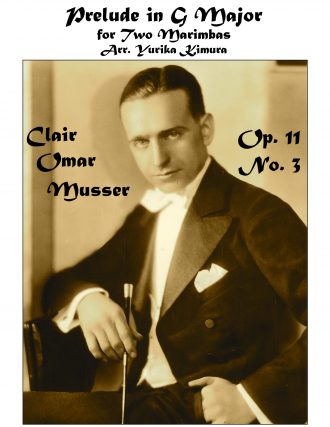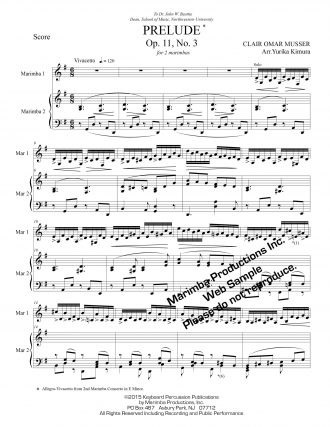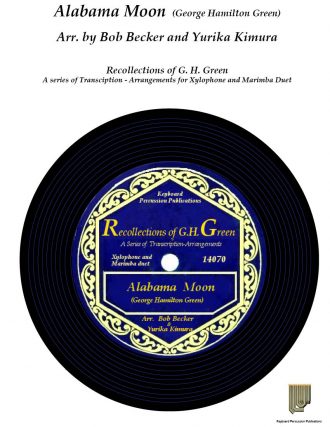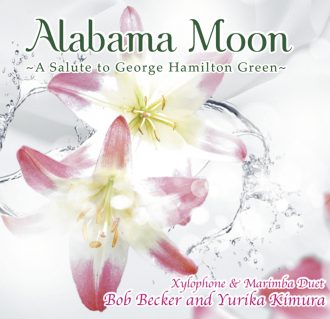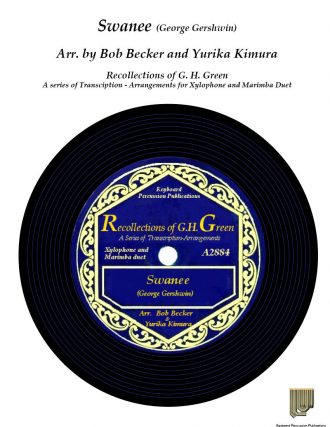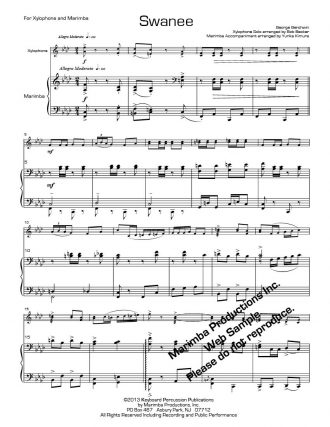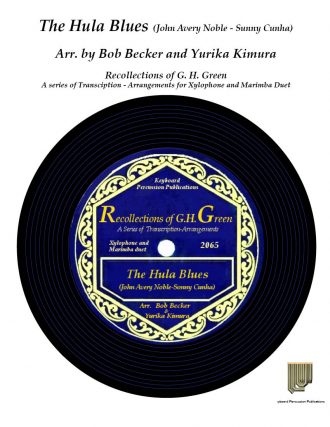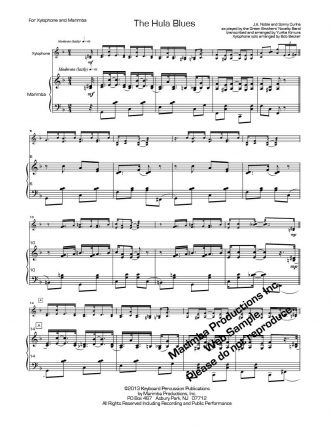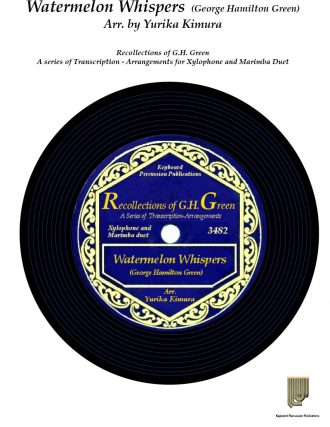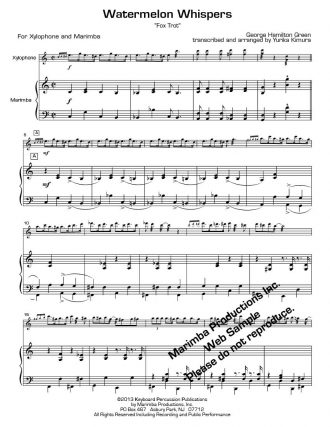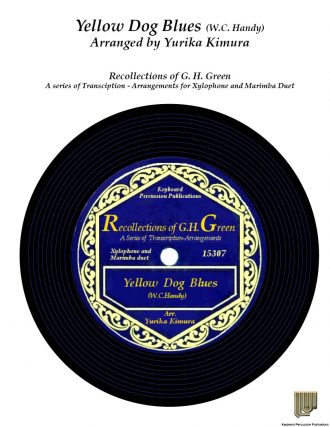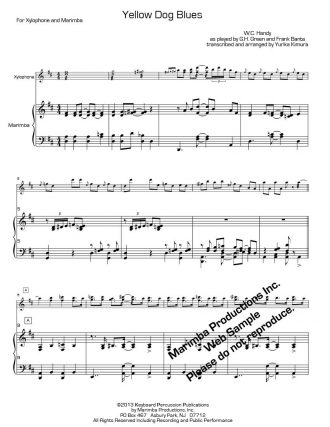Yurika Kimura
Yurika performs both as concert marimbist and xylophonist. As a marimbist, she has specialized in the contemporary repertoire created by Japanese composers, as well as all the compositions by her renowned teacher Keiko Abe. Her xylophone work has concentrated on the ragtime and jazz repertoire of early 20th century America, an era to which she has dedicated a great deal of research. Yurika's uncanny ability to play the marimba using four, five and six mallets simultaneously has allowed her to create transcriptions and arrangements of 1920s period accompaniments originally performed on a piano or by small orchestras. She made the first-ever transcription-arrangements of historic recordings by xylophone virtuoso George Hamilton Green, which were released in 2013 by Keyboard Percussion Publications in the Recollections of G.H. Green series. Her CD recording, Alabama Moon features many of her arrangments of Green's music. In 2015 KPP released her arrangements of Clair Omar Musser's Etude in Ab Major and Prelude in G Major, with Musser's original piano accompaniments arranged for a second five-octave marimba. Yurika continues ?to arrange and compose works for marimba solo as well as for keyboard and percussion ensembles. Recent concert appearances include the Eastman School of Music, Ithaca College, Oberlin College, and a showcase concert at the Percussive Arts Society International Convention in 2013; performance at the 50th Anniversary PASIC '11, as a member of the Bob Becker Ensemble; guest artist at the Leigh Howard Stevens Summer Marimba Seminars and the Bob Becker Ragtime Xylophone Institutes; and featured performer, arranger and teacher at the Xylophone Soloist Seminar held at Wright State University. In 2015 Yurika was a guest soloist at the "Celebrate Marimba!" festival at Kutztown University in Pennsylvania, where she premiered Dream Awakening and Dance, a piece composed for her by Gordon Stout. In addition she performed the premieres of her duo and trio arrangements of Clair Omar Musser's Etude and Prelude along with marimba artists Gordon Stout and Bob Becker.>
Yurika's first keyboard experience was on the piano when she was three years old, later adding marimba studies. She majored in percussion performance, piano and Hammond organ at the Sakuyo College of Music, graduating with a scholarship and an award as the top student in all departments. In addition, she got a therapist license by the Japan Music Therapy Association. Her major teachers include Mitsuaki Imamura, percussionist with the NHK Symphony Orchestra, and marimba virtuoso Keiko Abe.
Yurika is an Artist Endorser with the Malletech Company, and performs on the Malletech Imperial Grand Marimba.

